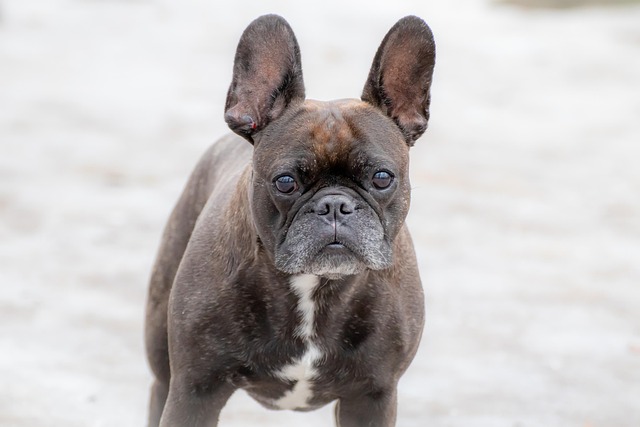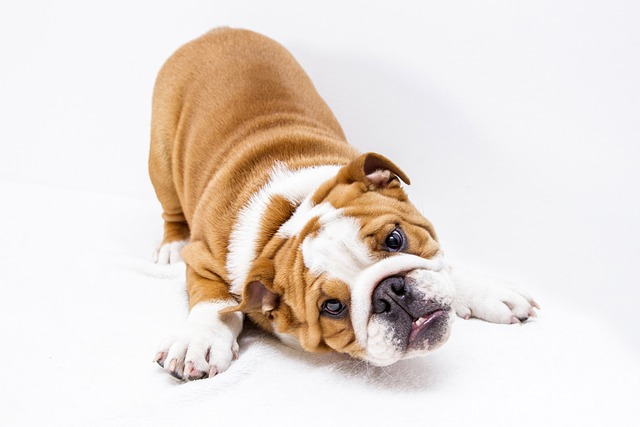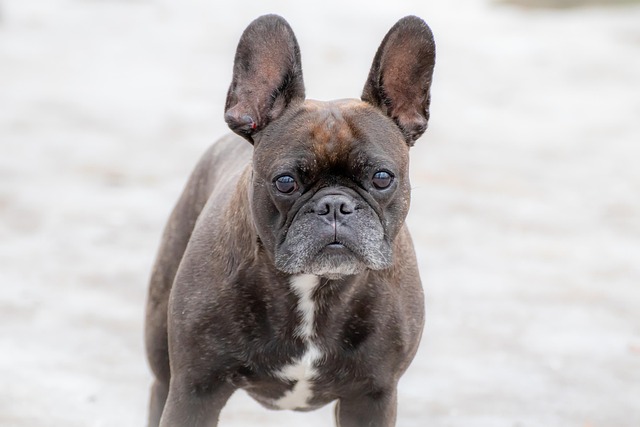In our warm daily life with dogs, trimming their nails, although seemingly a trivial matter, often causes a lot of headaches for many owners. When we hold nail clippers and try to approach the dogs, they may either retreat warily, wriggle restlessly, or even growl in resistance to having their nails trimmed. These reactions from dogs are not unreasonable. They are just full of resistance to nail trimming due to fear or previous unpleasant experiences. However, if we let the dogs' nails grow unchecked, it may bring many potential health hazards to them. Therefore, how to resolve a dog's resistance to nail trimming has become a skill that every dog lover needs to master. This is not only related to the dog's health but also reflects our meticulous care for them.
To solve the problem of a dog's resistance to nail trimming, we first need to deeply explore the reasons behind it. Dogs have a very sensitive sense of touch, and the nail area is particularly sensitive. The touch and cutting actions during nail trimming can make them feel a strong sense of discomfort, thus triggering fear. In addition, if a dog has ever been cut into the "quick" (the part with blood vessels and nerves in the nail) during previous nail trimming, causing pain and bleeding, this painful experience will leave a shadow in its heart, leading to full resistance to nail trimming thereafter. At the same time, a dog's personality and daily experiences can also affect its attitude towards nail trimming. Dogs with a timid personality are inherently more sensitive to unfamiliar operations, and dogs that lack early habit-forming training are also less likely to accept nail trimming.
For dogs that resist nail trimming, we need to cultivate their acceptance of nail trimming from an early age. During the puppy stage, the owner should often gently stroke the dog's paws to let them gradually get used to being touched. At the beginning, you can stroke for a few seconds each time, and as the dog gradually adapts, extend the stroking time. At the same time, during the stroking process, gently press the dog's paws to simulate the action of nail trimming, allowing the dog to get familiar with this feeling in advance. During the process of stroking and pressing the paws, give the dog gentle verbal comfort and snacks as rewards, associating this behavior with a pleasant experience to help the dog eliminate fear.
Before the formal nail trimming, creating a relaxed and quiet environment is of great importance. Choose a space that the dog is familiar with and comfortable in, and avoid any noise or other disturbing factors around. Place the dog on a stable platform, such as a table or a chair, to ensure that it can stand firmly and that the owner can operate better. When trimming the nails, the movements should be gentle and quick, and avoid pulling the dog's paws excessively to prevent discomfort. If the dog shows signs of restlessness or resistance, stop immediately, give it some time to calm down, and then continue when the dog relaxes.

If a dog is afraid of nail clippers, we can use the method of desensitization training. First, place the nail clippers in front of the dog to let it get familiar with the appearance and smell of the nail clippers. When the dog does not show fear, give it a snack as a reward. Then, gradually shorten the distance between the nail clippers and the dog's paws, and give a reward each time the dog adapts. Through this step-by-step method, let the dog gradually eliminate its fear of the nail clippers. During the nail trimming process, you can also play soothing music to relieve the dog's nervousness and make the whole process go more smoothly.
When trimming the nails, mastering the correct methods and techniques is the key. A dog's nail is divided into a transparent part and a pink part. The pink part contains blood vessels and nerves and is called the "quick". We should only trim the transparent part to avoid cutting the "quick", which may cause bleeding and pain. If bleeding occurs accidentally, don't panic. Immediately press the bleeding area with a clean cotton ball or gauze to stop the bleeding. If necessary, pet-specific styptic powder can be used.
When the dog cooperates with the nail trimming, giving praise and rewards in a timely manner is an effective way to reinforce its correct behavior. You can praise the dog in a gentle tone, such as "You're so great" or "Well done", and at the same time, give delicious snacks or favorite toys as rewards. In this way, let the dog understand that cooperating with nail trimming will receive positive feedback, and gradually develop a good habit.
Nail trimming is a small matter, but it is an important manifestation of our care for the dog's health. Every interaction with the dog is an opportunity to deepen the emotional bond between us and them. When we use patience, love, and scientific methods to help the dog overcome its resistance to nail trimming, the dog can also feel our care and respect. Let us safeguard the dog's health with our actions, accompany them to spend a happy and wonderful life, and continue to write a warm chapter in the relationship between humans and pets.






